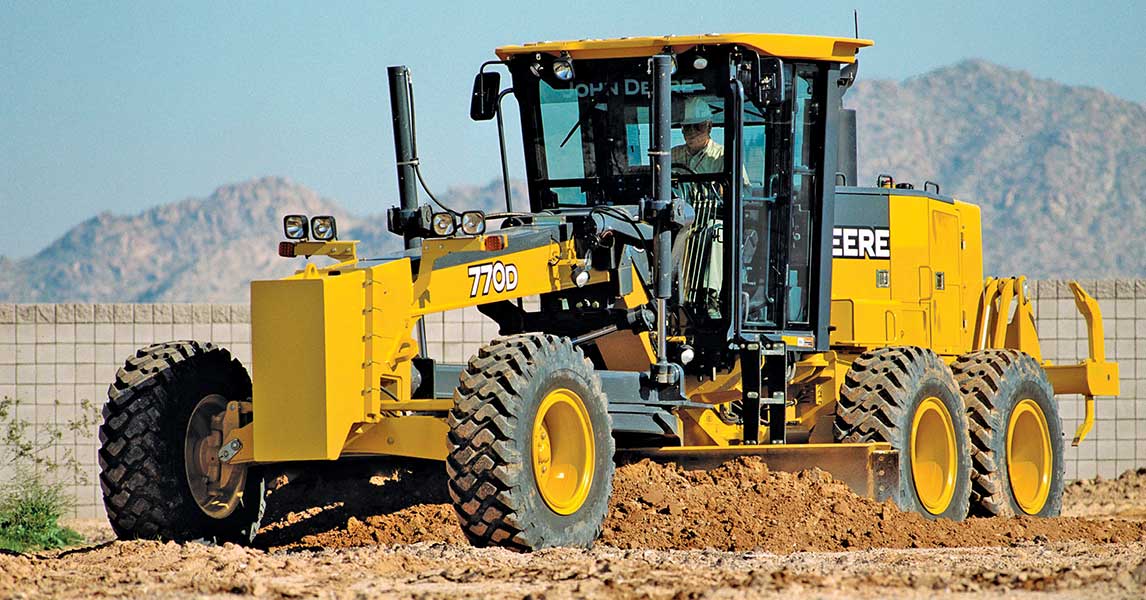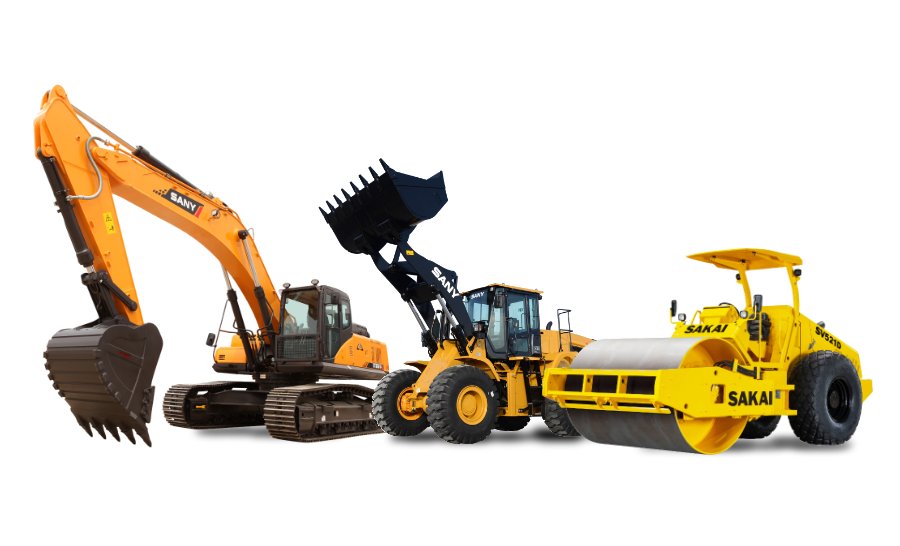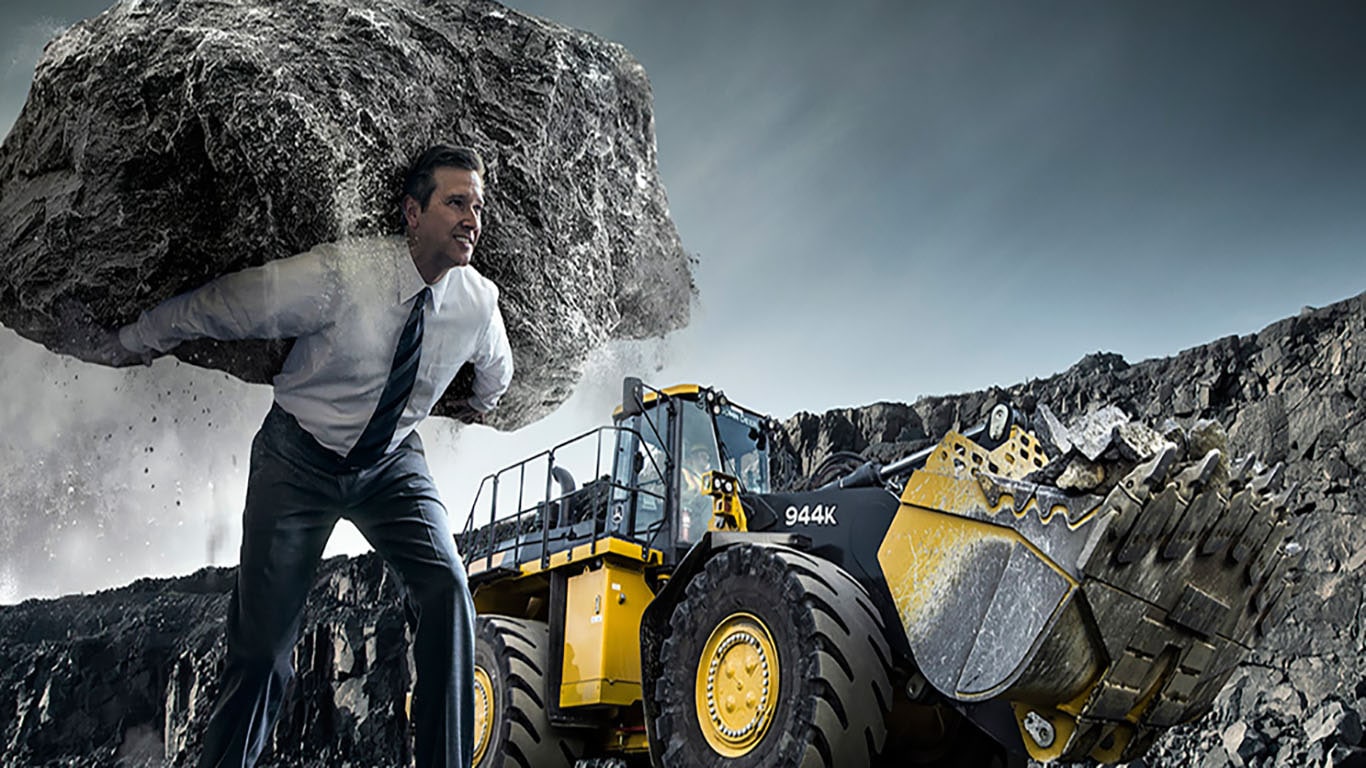Renting Vs. Purchasing Building Tools: Making the Right Choice for Your Task
When getting started on a building and construction project, one of the important choices that project managers and stakeholders face is whether to rent out or buy building and construction tools. The decision pivots on various elements such as price considerations, task duration, devices upkeep, adaptability, scalability, and threat administration.
Expense Considerations
When reviewing the monetary facet of renting versus buying building equipment, the upfront prices and long-term expenditures need to be carefully considered. Renting out devices commonly calls for lower initial settlements contrasted to purchasing, making it an appealing alternative for temporary jobs or service providers with spending plan restraints. Renting eliminates the need for huge funding expenses and minimizes the monetary risk associated with tools possession, such as upkeep and devaluation prices. Nevertheless, in the future, consistently leasing devices can accumulate greater prices than acquiring, particularly for extended projects.
On the other hand, acquiring construction equipment entails greater in advance expenses but can lead to long-lasting cost savings, especially for regular customers or long-lasting tasks. Owning tools offers adaptability, ease, and the capacity for resale value once the task is finished. Additionally, having devices permits personalization and experience with particular equipment, potentially boosting effectiveness and productivity on-site. Ultimately, the decision between getting and renting construction equipment depends upon the job's duration, regularity of usage, budget plan factors to consider, and long-lasting financial goals.
Project Duration

Conversely, for long-lasting jobs or recurring building and construction job, getting devices can be the more cost-effective choice. Purchasing equipment can lead to cost financial savings in the long run, particularly if the equipment will be often used. Additionally, owning tools supplies a sense of control over its schedule and allows for modification to fit particular task requirements.

Equipment Maintenance
Provided the essential role project period plays in establishing one of the most cost-effective strategy between purchasing and leasing building equipment, the focus now moves in the direction of checking out the essential element of devices maintenance. Proper upkeep is critical for making certain the ideal performance and long life of building and construction tools. Leasing equipment commonly includes the advantage of having properly maintained equipment offered by the rental business. This can minimize the concern of upkeep tasks from the task proprietor or service provider, saving time and effort. On the other hand, having devices needs a proactive method to upkeep to avoid break downs, make sure security, and expand the devices's life expectancy. Regular examinations, maintenance, and prompt repair services are required to keep owned and operated devices in leading functioning problem. Consider maintenance costs when choosing in between acquiring and renting out, as neglecting maintenance can lead to pricey repair services, downtime, and project delays. Inevitably, a well-maintained construction devices fleet, whether rented out or had, is essential for the effective and efficient completion of construction tasks.
Versatility and Scalability
In the realm of building and construction devices management, the aspect of versatility and scalability holds substantial importance for job performance and resource usage. Deciding to rent out building tools provides a high level of versatility as it enables for the fast change of equipment types and amounts based on the evolving demands of a project.
Furthermore, scalability, an additional vital element, is more helpful hints inherently connected to flexibility. Renting building and construction equipment provides the advantage of easily scaling procedures up or down as job demands fluctuate. Professionals can promptly exchange or include equipment to match the job's altering demands without the constraints of owning properties that may come to be underutilized or obsolete. This ability to scale resources efficiently can cause cost savings and boosted project timelines, making renting out a favorable choice for jobs requiring flexibility and responsive resource allotment.
Threat Administration
Efficient threat monitoring in building and construction equipment operations is critical to guaranteeing task success and mitigating potential financial losses. Construction projects inherently involve numerous threats, such as equipment breakdowns, have a peek at this website crashes, and project hold-ups, which can considerably affect the project timeline and budget. By meticulously taking into consideration the dangers linked with owning or renting out construction tools, project supervisors can make enlightened decisions to lessen these possible dangers.
Renting out building equipment can offer a level of danger mitigation by transferring the duty of maintenance and repair services to the rental business. This can decrease the monetary problem on the project owner in case of unforeseen tools failings (dozer rental). Additionally, renting out offers the adaptability to access customized tools for certain task stages, decreasing the risk of having underutilized equipment
On the other hand, possessing building and construction equipment provides a sense of control over its use and upkeep. Nonetheless, this also suggests birthing the full duty for repairs, upkeep prices, and depreciation, boosting the financial threats connected with devices possession. Careful threat evaluation and factor to consider of factors such as project duration, devices utilization, and upkeep demands are vital in establishing the most ideal alternative for efficient danger management in building and construction projects.
Verdict
Finally, when choosing in between getting and renting out construction tools, it is necessary to think about cost, job duration, devices maintenance, scalability, danger, and adaptability administration. Each element plays an essential function in figuring out one of the most ideal alternative for the project at hand. By thoroughly assessing these elements, task managers can make an enlightened choice that aligns with their budget, timeline, and total project objectives.
